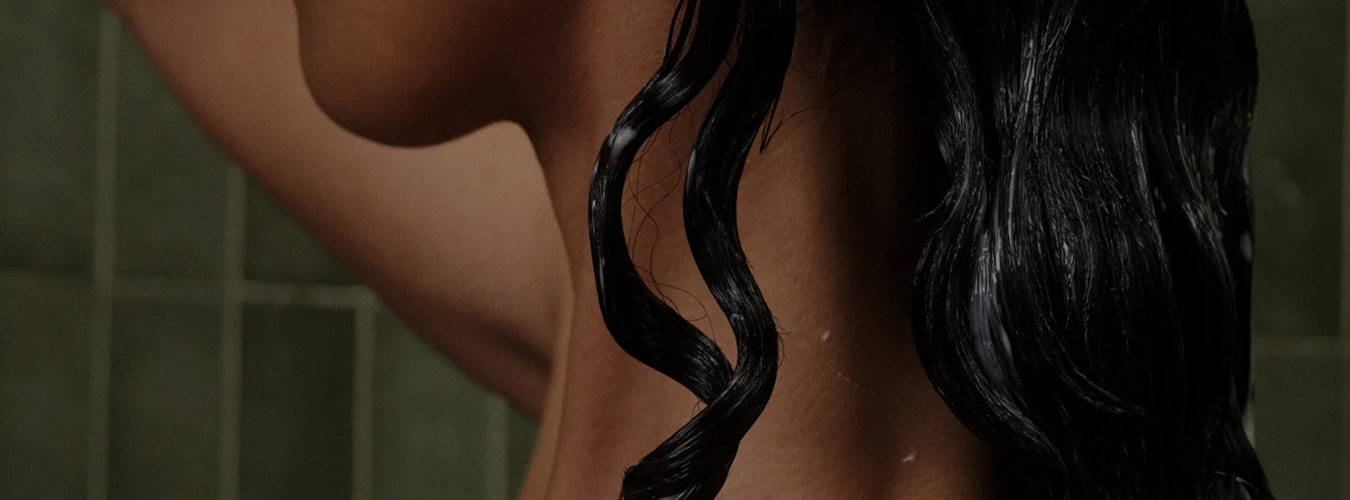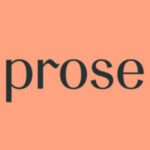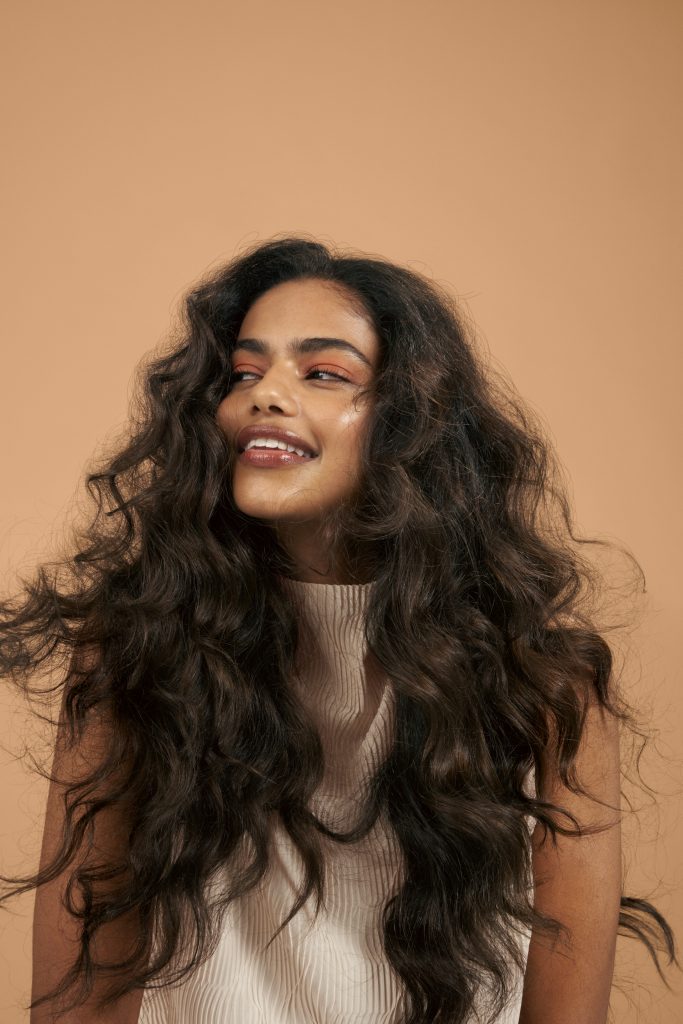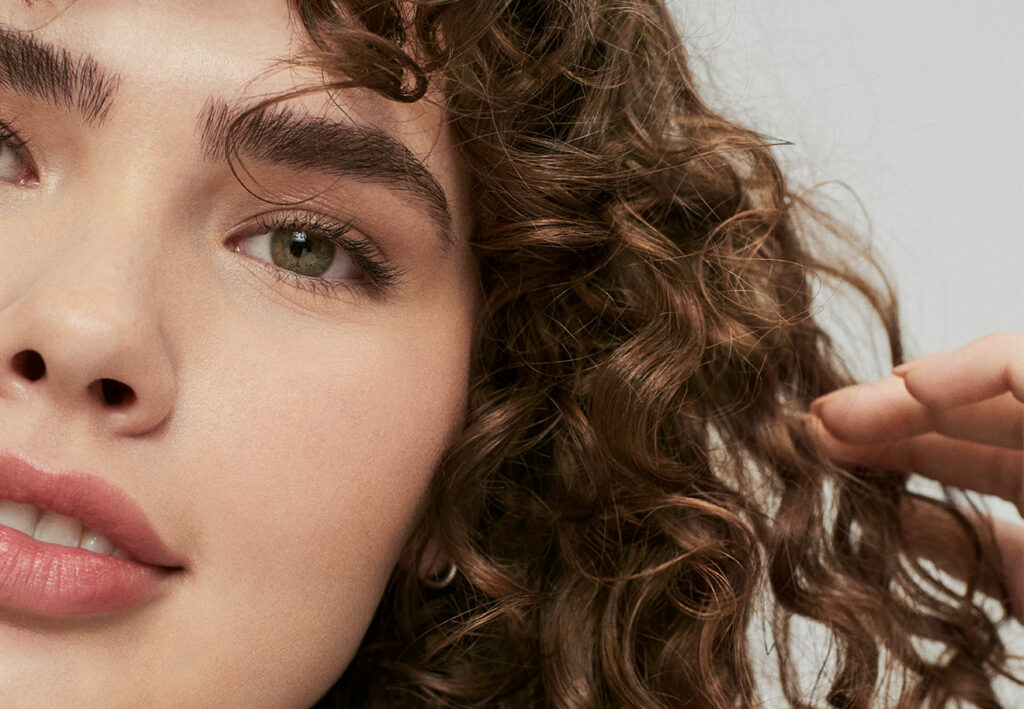Five-minute hair-type quiz
Hair appearance
Let’s start with your hair appearance. To accurately determine your hair type, let it dry naturally after your next wash. Once your hair has air-dried without the product being added, is it:
- Straight? (with no curls)
- Wavy? (s-shaped curves)
- Curly? (prominent and defined loops)
- Tight Curls? (includes spirals and coils)
- Undefined coils? (varied curls and coils)
Most people are able to easily recognize these hair types to identify which main category they fall into.
Each category of hair has subqualities that help define each hair type. There are many different types of curls or coils and it can be hard to pinpoint where you fall exactly. Some people even have multiple curl patterns. If you’re someone who has multiple textures, choose the one that is most prominent throughout.
Hair structure
Once you know your primary hair type, it’s time to identify your hair structure. This is usually done by a strand test, which can be conducted by either sight or touch. For this hair type quiz, we’ll use the touch method, since it helps to more accurately determine the diameter of your hair. Take a piece of hair in between your fingers and rub it back and forth.
- If you don’t feel anything, your hair type is considered fine.
- If you can feel the hair in between your fingers your hair type is medium.
- If your hair feels thick in between your fingers, then your hair type is coarse.
Hair porosity
Your hair’s ability to absorb moisture and natural ingredients from sustainably sourced products is known as your hair porosity. Knowing your hair porosity can help you take better care of your hair because you’ll know how well it can retain protein and moisture. Let’s find out your hair porosity:
- Low porosity: Usually takes a long time to dry without using a blow dryer or other heat sources. This hair type has difficulty absorbing hair care products.
- Balanced porosity: Generally easy to maintain and has a natural bounce. Additionally, it can be easily styled without using a large amount of product.
- High porosity: Tends to dry quickly. Moisture can leave the hair just as easily as it can be absorbed. It usually requires a large quantity of hair product and may occasionally fizz.
Unsure of how to determine your hair porosity? A common way is by doing the float test. Place a piece of hair in a glass of room-temperature water. If the hair floats, then you probably have low porosity. Hair that sinks slowly is an indicator of even porosity, whereas hair that sinks immediately means that your hair might have high porosity.
You can also do other tests, such as spraying your hair with water and observing how long it takes to be absorbed. For example, hair that absorbs water quickly is a sign of high porosity hair.
Scalp moisture
The final section of this hair type quiz is designed to determine your scalp moisture. Which of these three scalp types most resembles your hair?
- Dry: Your hair strands are protected by sebum, a wax-like substance that helps prevent brittleness. If your scalp is dry and itchy, it’s usually from a lack of sebum being produced, which can lead to breakage.
- Oily: Does your hair feel greasy? Due to an overproduction of sebum, your hair may be attracting dirt, triggering a chemical reaction that may irritate the scalp and lead to dandruff.
- Balanced: A balanced scalp has an even amount of oil production.
Now that you have a clearer understanding of your hair type, it’s time to elevate your hair care routine. Our diverse range of products is designed to help you effectively maintain the health of your hair. At Prose, we take pride in crafting innovative products made with natural ingredients. Create your unique hair formula today and find the best products for long-lasting, vibrant hair.
Now that you have a clearer understanding of your hair type, it’s time to elevate your hair care routine. Our diverse range of products is designed to help you effectively maintain the health of your hair. At Prose, we take pride in crafting innovative products made with natural ingredients. Create your own unique hair formula today and find the best products for long-lasting, vibrant hair.
Always made to order. Never made to waste.
Exclusive Trial Offer Get 60% Off + Free Gift







